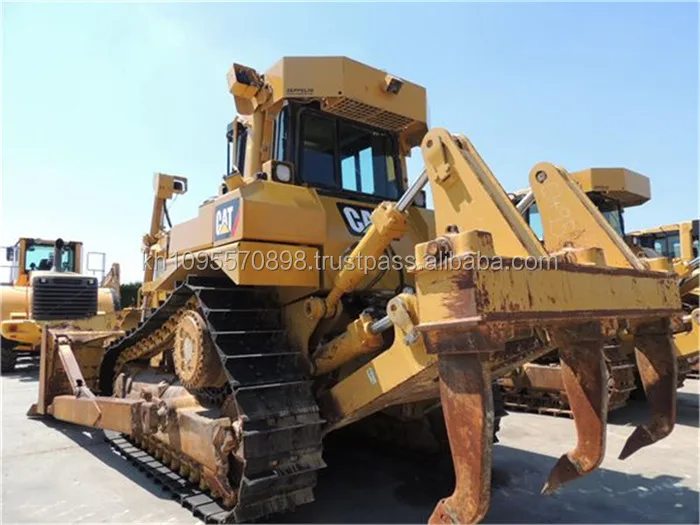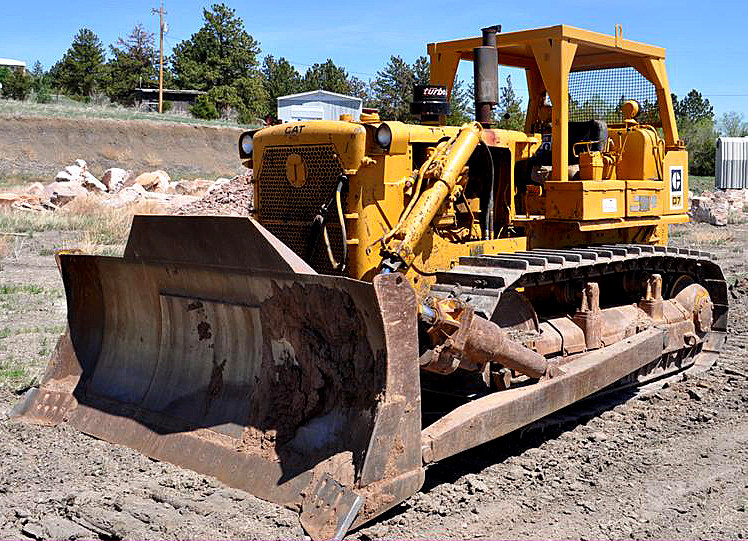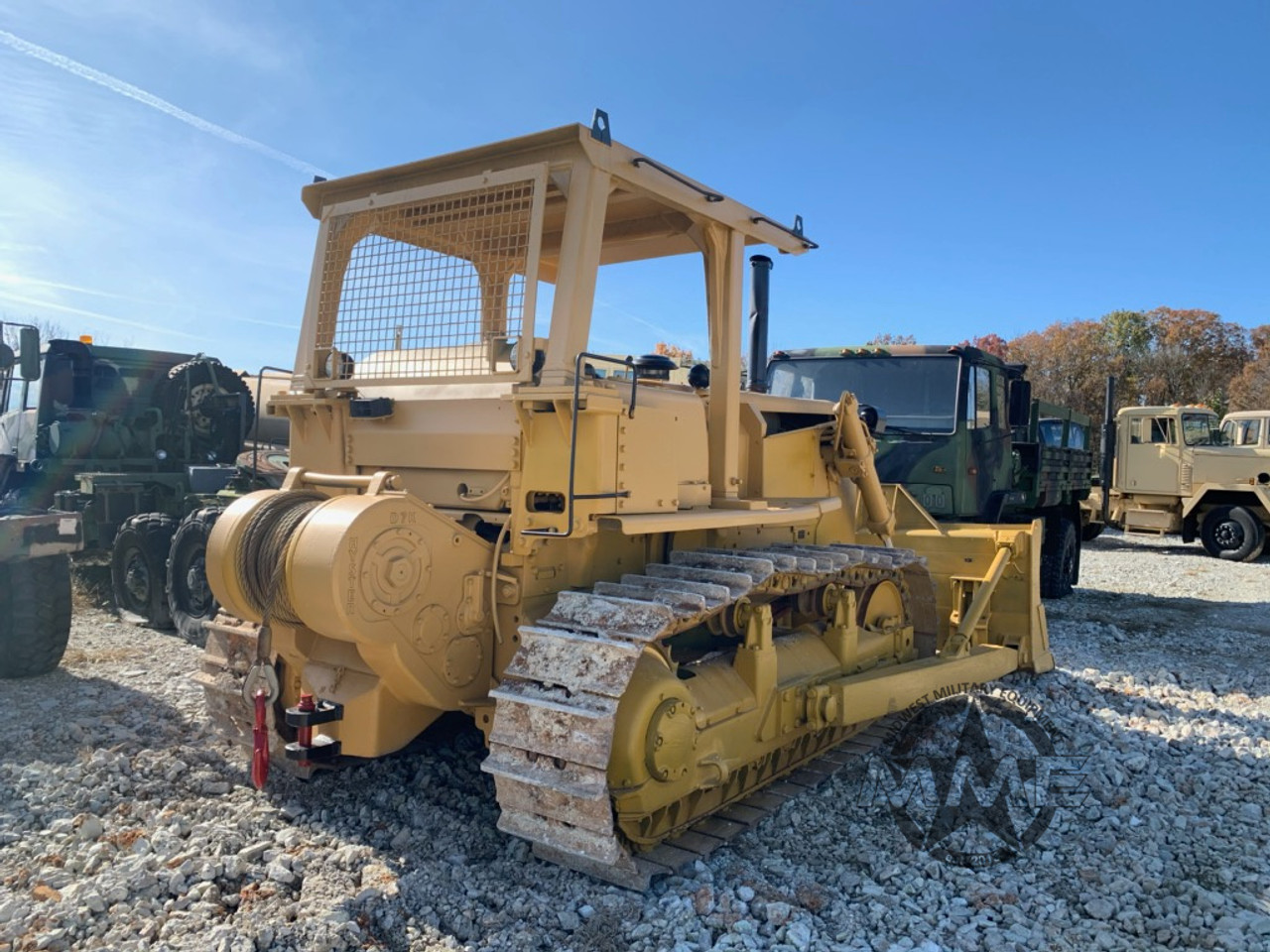


There is hardly any difference between a D7 3T, 4T or 6T other than the optional external attachments applied to it. This wholesale “jettisoning” of unwanted equipment is what makes the D7 4T a somewhat rare type these days and the D7 6T even rarer. The fate of many of these military D7s is quite sad as many were pushed into vast pits of surplus equipment and buried while others were just driven into the jungle and left there, some with very few hours on the clock. Just over 7500 D7 4Ts were manufactured before the type was discontinued in 1948, and an unknown number of D7 6T’s.

This enabled Caterpillar to fulfill military contracts that had been let but not completed. The D7 4T was built solely for the US Army while the D7 6T was built for the US Navy.
#Cat d7 series
The machine’s incorporated several improvements that Caterpillar engineers had developed but were unable to introduce due to the necessity of maintaining production of the existing 7M for WWII requirements.Īs the urgent demand for tractors subsided these improvements made their way into series production. The D7 3T, D7 4T and D7 6T were introduced in mid-1944. Wartime D7’s acquitted themselves very well and were used on all fronts, earning a respected reputation for ruggedness and reliability. Some 8100 examples were manufactured before the model was supplanted in production by the improved D7 3T, D7 4T and D7 6T. This was the D7 7M series which was manufactured from 1940 through 1944.Īlso powered by the D8800 engine, this had been uprated to 93 flywheel horsepower and the machine was only available in 74” gauge, Caterpillar having dropped the 60” option due to very low sales demand. World War 2Īs America entered a war footing, a new version of the D7 was introduced, primarily intended for military service, but a great many were also sold into commercial use. Production ended in 1940 with more than 7000 machines manufactured. Very few RD-7 5E machines were built before Caterpillar came out with another version of the machine, the RD-7 9G series.Īlso powered by the D8800 engine, now rated at 80 flywheel horsepower, the RD-7 9G was available in narrow gauge (60”) or wide gauge (74”).Ĭaterpillar dropped the “RD” designation at machine number 9G6501 with the tractor now just becoming the D7. While only in production for two years, the design proved its viability and in 1935 an improved version with a new name was introduced, the RD-7 5E series, powered by a 76 horsepower Caterpillar D8800 four-cylinder diesel engine. The D7 owes its origins to the Caterpillar Diesel Fifty which was introduced in 1933. It has fought in three major conflicts – WWII, Korea & Vietnam – and is strong testament to a product that really was “built for it” By RICHARD CAMPBELL Email: Please Leave a Detailed Email or Voicemail.The iconic Caterpillar D7 has been in continuous production in various versions since 1935. Your questions and comments are welcomed 24/7, Contact Jay Trevorrow. I do my very best to tell you what I know.ĭo you need help marketing your heavy equipment, Boat, Plane, Car or Truck?
#Cat d7 full
I am a full time broker selling for a customer, My goal is to bring the buyer and seller together. Please understand I don't own this Used 1942 Antique Caterpillar Crawler Tractor D7 personally. This Used 1942 Antique Caterpillar Crawler Tractor D7 is sold on an as-is basis, with no warranty, express or implied, (Standard selling Practice for the industry), For this reason, we strongly encourage and support a pre buy inspection of any item before you purchase it. I do make every effort to accurately represent the condition of all items advertised and or represented. This Used 1942 Antique Caterpillar Crawler Tractor D7 is located in Columbus, IN 47203 Used Antique Caterpillar Crawler Tractor D7 Used 1942 Antique Caterpillar Crawler Tractor D7įor sale Antique Caterpillar Crawler Tractor D7Ĭrawler Dozer starters without starting fluid


 0 kommentar(er)
0 kommentar(er)
